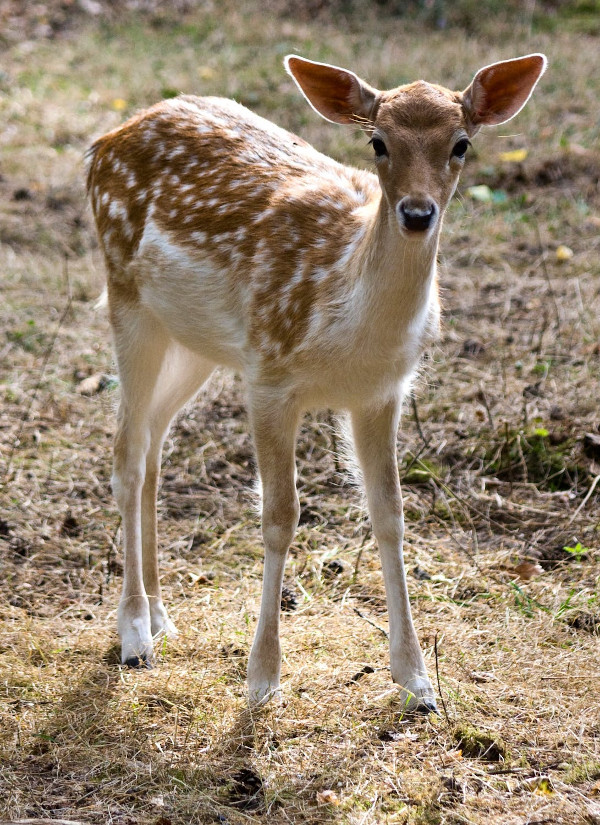RSPCA Australia acknowledges that, in certain circumstances, it is necessary to manage populations of wild animals in order to reduce adverse impacts on human activities, health and wellbeing or the environment and also to protect the welfare of individual animals. When undertaken, the RSPCA believes management activities must use methods that are humane, target-specific and effective. The RSPCA also advocates the adoption and implementation of compulsory codes of practice and standard operating procedures for all wild animal management activities.
Codes of practice and standard procedures
Codes of practice and standard operating procedures for the humane control of pest animals in Australia have been developed by the NSW Department of Primary Industries with support from the Australian Government and these are available on the PestSmart website. PestSmart is a database of information on vertebrate invasive animals in Australia and New Zealand managed and maintained by the Centre for Invasive Species Solutions and the Institute for Applied Ecology at the University of Canberra and supported by the Australian Government through the Bureau of Rural Sciences.
The codes of practice (COP) provide general information on best practice management for different animal species, control strategies, animal biology and impact and also a summary of the humaneness, efficacy, cost-effectiveness and target specificity of each control method. Standard operating procedures (SOP) describe specific control techniques and their application as well as animal welfare impacts for target and non-target species and strategies to minimise any harmful impacts.
The ‘humaneness’ of a control method refers to the overall welfare impact that the method has on an individual animal. A relatively more humane method will have less impact than a relatively less humane method. In 2008, a model for assessing the relative humaneness of pest animal control methods was developed under the Australian Animal Welfare Strategy (AAWS) [1]. This model was updated in 2011 by an independent expert panel to assess the humaneness of a variety of methods used to control invasive animal species in Australia [2] and these assessments are also available on the PestSmart website.
A model code of practice for the humane control of wild deer has not yet been prepared but the standard operating procedure can be found at the PestSmart website: DEE001: Ground shooting of feral deer.

To minimise animal stress, culling operations are done in accessible areas at night from a vehicle with the aid of a spotlight. A red filter is placed over the spotlight to reduce the amount of light seen by the deer and rifles fitted with sound suppressors are also sometimes used to reduce animal disturbance and facilitate accurate shooting. Dogs are not used at any stage during a professional culling program.
The aim is to shoot all animals in a group to prevent social disruption and distress in surviving animals. Shooting is conducted with the appropriate firearms and ammunition and in a manner which aims to cause immediate insensibility and painless death.
Shots to the head are preferred over chest shots as they are more likely to cause instantaneous loss of consciousness. Fawns/calves and juveniles are shot before shooting mature deer in case they escape and cannot be located. The target animals in a group are checked to ensure they are dead before moving on to the next group of animals.
However this standard operating procedure does not apply to the recreational hunting of deer which is regulated by the relevant state agencies responsible for hunting. Also recreational deer hunters usually target the chest rather than the head to preserve the antlers for trophies. A chest shot causes more suffering than a well-placed head shot because it does not render the animal instantaneously insensible. Hunters often kill the larger males and leave smaller animals and dependent young which can result in a disrupted social group as well as distressed and orphaned young.
Humaneness assessments for wild deer management methods can be found in the following report (in the last pdf appendix): A Model for Assessing the Relative Humaneness of Pest Animal Control Methods.
References
[1] Sharp T. & Saunders G. (2008). A model for assessing the relative humaneness of pest animal control methods. Canberra ACT: Australian Government Department of Agriculture, Fisheries and Forestry.
[2] Sharp T. & Saunders G. (2011). A model for assessing the relative humaneness of pest animal control methods (Second edition). Canberra ACT: Department of Agriculture, Fisheries and Forestry.

